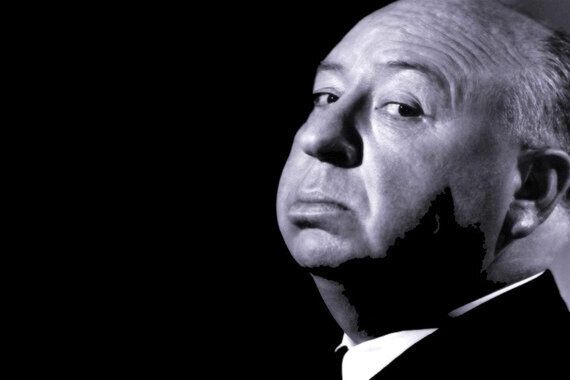
Last week, viewers of Bates Motel, the popular television prequel to Hitchcock's Psycho, were treated to a tantalising twist which saw Sam Loomis, the cheating but handsome homme fatal played by Austin Nichols, meet a very bloody end. And so, a new iconic shower scene was born to that famously portrayed by Janet Leigh in the 1960 original. Diehard Hitchcock fans may be disappointed, but for the hard-nosed feminists out there bemoaning the unabating violence towards women on screen, I suspect the sly twist was like a large squirt of honey to their milk. Indeed, by reinventing one of the most blood-cooling scenes in cinematic history, and serving the lying male blaggard his comeuppance, the producers of Bates Motel have done more for the feminist cause (wittingly or unwittingly) than meets the eye. To understand this, we need to take a look at some of the films of Mr Alfred Hitchcock.In Rebecca , Joan Fontaine was allegedly subjected to what can only be described as psychological intimidation by the director to exact a better performance of fear and suspicion, after he kept telling her that the entire crew did not like her. In The Birds, Tippy Hedren, another leading lady, was apparently screaming in actual not pretend fear when Hitchcock launched real birds at her hair and face. She has since described the experience of working with him as a 'mental prison' which ended her career on the big screen before it even began. Hitchcock's strongest films arguably had that damsel in distress motif played rather ingeniously. He preferred obedient blonds and dirty jokes on set, frequently referring to actors as 'cattle' (in his, 'I'm only joking, but am I?' manner). His leading ladies were beautiful and groomed, exuding that air of refinement which added a necessary touch of vulnerability. And that vulnerability worked perfectly in the creation of atmospheric suspense thrillers and horrors. Psycho was commercially and internationally his greatest triumph, and also his most provocative picture. Something about a naked female getting hard slashes amidst running water set people's pulses going and made Hitchcock one of the most powerful men in Hollywood. Over half a century later, step in Bates Motel. But instead of giving us another hapless female victim, punished for being sexually desirable, we see a man being killed by another man for being a heel to women.Norman, a.k.a. the Psycho, rationalises to himself that killing Sam Loomis is the right course of action; why? Because Loomis represents everything objectionable in a man: deceit, untrustworthiness, pusillanimity and crucially, the ability to cause women suffering. Using the unsympathetic figure of the dishonourable man as the motive and justification for Norman's desire to murder, Bates Motel hints that there is a certain macabre justice in the psycho's violent action. Watching Loomis helplessly struggle for his life, dying with eyes wide open in horror, also challenges the traditional preference of depicting vulnerability as belonging more properly to the female domain. In the 1944 Gaslight, starring Ingrid Bergman and directed by George Cukor, the idea of female weakness was impressionably portrayed, with a woman made to believe that she is going mad by her scheming husband. Likewise, Hitchcock's Psycho perfectly reinforces that particular view of an easily terrified woman; weak and to be victimised. His 1964, Marnie, doesn't stray much further, giving us another, this time psychologically, traumatised heroine. But now another kind of vulnerability has been emphasised: that of the Man's. And he is not targeted for his sexuality; but for his misconduct. That perverse kind of fascination an audience may achieve in watching something pretty and fragile get destroyed has been challenged. There is an equal fascination in watching something dominant and egoistic, but still terribly vulnerable, succumb to a tragic end. Mr Hitchcock certainly didn't see that coming.
